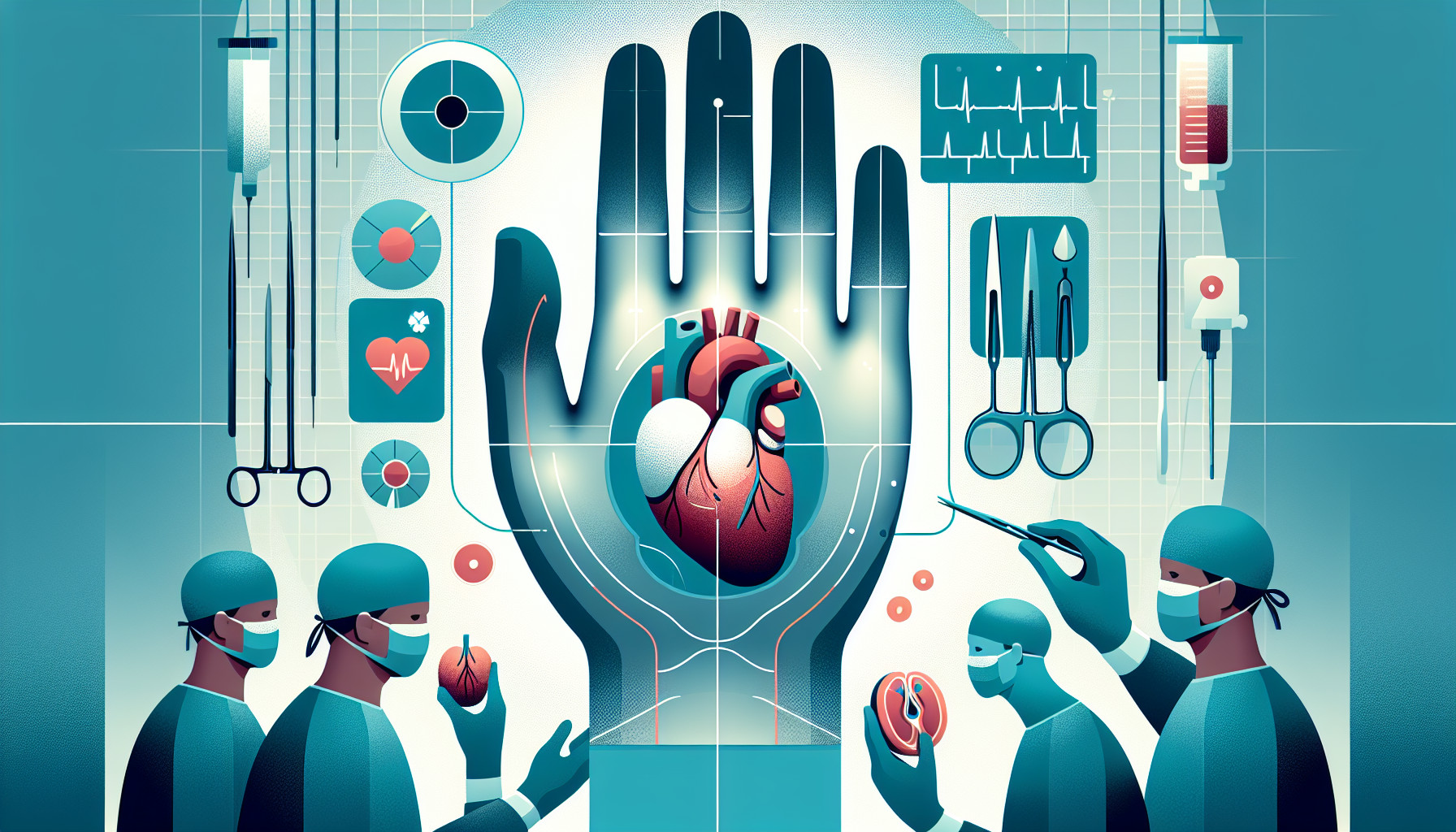Our Summary
This research paper is about studying the unique experiences some patients have after getting a face or hand transplant. These patients reported feeling sensations in their new face or hand when another part of their body was touched. For example, when their fingers were brushed, they felt it on their transplanted face, or vice versa. The team used a brain imaging technique called fMRI to see what was happening in the brain during these experiences. They found overlaps in the areas of the brain that process touch for the hand and face. The researchers believe that these sensations, which they call “phantom face” or “phantom hand” phenomena, happen because the areas in the brain that handle touch for the hand and face are very close to each other.
FAQs
- What are the “phantom face” or “phantom hand” phenomena that some patients experience after a face or hand transplant?
- How did the researchers use fMRI to study the sensations experienced by patients after a face or hand transplant?
- Why do some patients feel sensations in their new face or hand when another part of their body is touched after a transplant?
Doctor’s Tip
One helpful tip a doctor might tell a patient about hand transplant is to be prepared for the possibility of experiencing sensations in the transplanted hand that may feel like they are coming from another part of the body. This phenomenon, known as “phantom hand” sensations, is a normal and common experience for some transplant recipients. It is important to communicate any unusual sensations or experiences with your healthcare team so they can provide support and guidance.
Suitable For
Patients who are typically recommended for hand transplant surgery are those who have experienced significant loss of function in their hand due to trauma, injury, or illness. This may include individuals who have lost a hand in an accident, individuals with congenital hand abnormalities, or individuals who have undergone amputation due to conditions such as cancer or infection.
Candidates for hand transplant surgery are carefully evaluated by a multidisciplinary team of healthcare professionals, including surgeons, psychologists, and physical therapists. They must be in good overall health, have realistic expectations about the outcomes of the surgery, and be willing to commit to a rigorous rehabilitation program following the transplant.
Hand transplant surgery is a complex procedure that carries risks, including potential rejection of the transplanted hand by the recipient’s immune system. As such, patients who undergo hand transplant surgery must also be willing to take immunosuppressant medications for the rest of their lives to prevent rejection.
Overall, hand transplant surgery is considered a viable option for individuals who have lost significant hand function and are motivated to regain independence and functionality in their daily lives.
Timeline
Before hand transplant:
- Patient suffers from severe hand injury or loss, affecting their daily activities and quality of life.
- Patient undergoes extensive evaluations to determine their eligibility for a hand transplant, including physical and psychological assessments.
- Patient is placed on a waiting list for a suitable donor hand.
- Once a donor hand becomes available, patient undergoes a complex surgical procedure to receive the hand transplant.
After hand transplant:
- Patient undergoes intensive rehabilitation to regain function and sensation in the transplanted hand.
- Patient may experience sensations in the transplanted hand that are connected to other parts of their body, such as feeling touch on their face when their hand is touched.
- Brain imaging studies, such as fMRI, are conducted to study the neural mechanisms behind these sensations.
- Researchers study these phenomena, known as “phantom face” or “phantom hand,” to better understand the brain’s ability to adapt to new sensory inputs.
- Patient continues to receive medical follow-up and support to ensure the success of the hand transplant and their overall well-being.
What to Ask Your Doctor
How common are phantom face or phantom hand sensations after a hand transplant?
What can be done to manage or alleviate these sensations if they occur?
Are there any potential long-term effects or complications associated with experiencing phantom face or phantom hand sensations?
Is there ongoing research or studies being conducted to further understand these phenomena?
Are there any support groups or resources available for patients who are experiencing these sensations after a hand transplant?
How often will follow-up appointments be needed to monitor any unusual sensations or changes in feeling after the transplant?
What are the potential risks or side effects associated with a hand transplant, and how can they be managed?
Are there any specific medications or therapies that can help with the recovery process and reduce the likelihood of experiencing phantom face or phantom hand sensations?
How long does it typically take for sensation to fully return in the transplanted hand, and what can be done to promote nerve regeneration?
Are there any lifestyle changes or precautions that should be taken to protect the transplanted hand and promote overall health and well-being post-transplant?
Reference
Authors: Uysal H, Şavkliyildiz A, Özkan Ö, Çolak ÖH, Barçin E, Şenol U, Göztepe MB, Özkan Ö. Journal: Cogn Behav Neurol. 2021 Jun 2;34(2):150-159. doi: 10.1097/WNN.0000000000000258. PMID: 34074869
